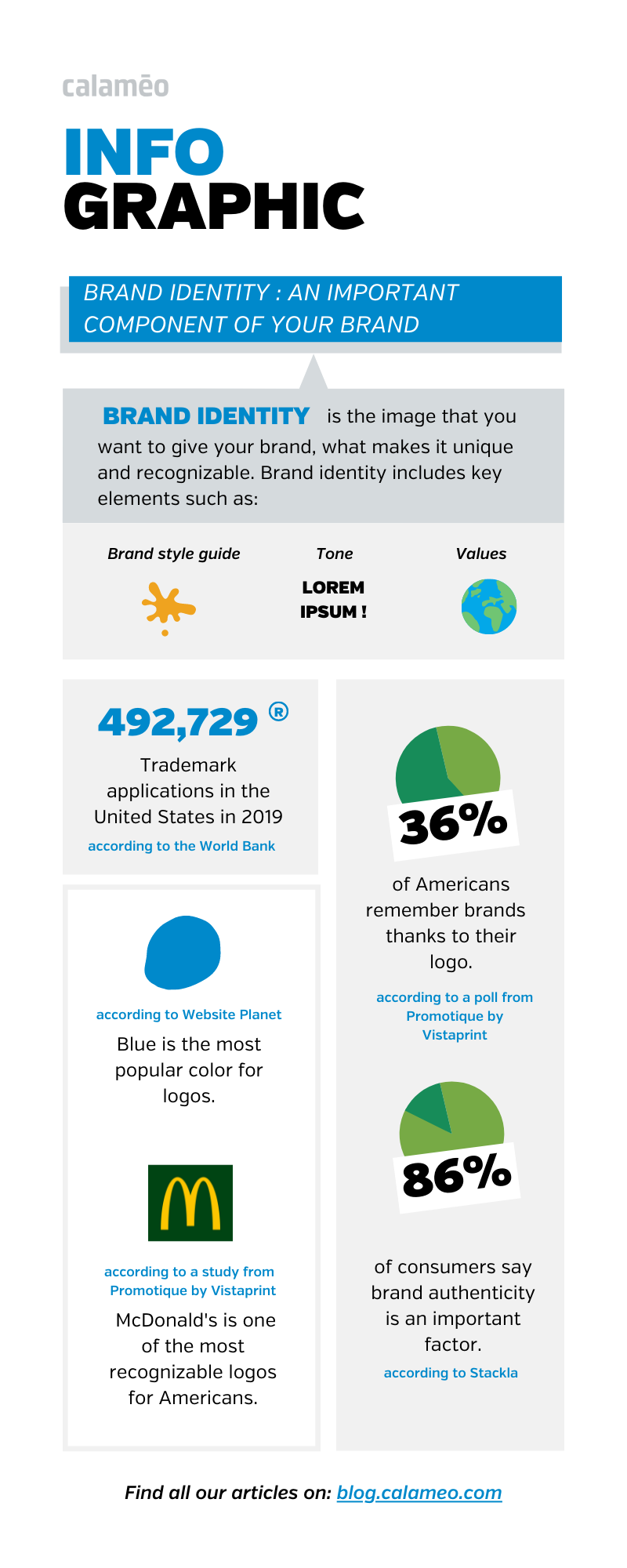In any communications plan, there’s room for both print and digital channels. But that doesn’t mean it’s always easy to tell which one is right for every project. Wondering what to choose for your content? Take a look at our quick breakdown of the main advantages and weaknesses for print vs digital formats.
Speed
Sometimes, you need things done fast. Whether you’re whipping up a quick flyer or racing the clock on a complex publication, time is a key factor. However, printing your content requires hours at best and even up to several weeks. And that’s without counting how long it can take to distribute printed materials by post or by hand! Compare those hours and weeks with under a minute to upload your file to a digital publishing platform like Calaméo. The result is a clear advantage for digital.
WINNER: DIGITAL
Cost
Like speed, the cost of different formats varies depending on which materials are needed. For print content, the cost of paper and ink adds up quickly. On the other hand, many digital channels are free or low cost. For example, you can create and share unlimited digital publications on Calaméo for absolutely no charge.
WINNER: DIGITAL
Prestige
When it comes to signaling that your content is important, choosing print vs digital has a big impact. Because of the higher costs and time required, printed materials represent a greater investment than digital communciations. Plus, elements like high-quality paper, embossing and binding reflect the value of your message in a way that is hard to translate to online channels. Today, print takes the edge in prestige.
WINNER: PRINT
Experience
The toughest match-up on this list. Print and digital content provide very distinct experiences. Online formats are dynamic, interactive and shareable; printed formats are tactile, immersive and collectible. Given the amazing range of digital experiences and print innovations, we have to say that both channels are champions here.
WINNER: TIE
Stats
Before the Internet age, it was difficult to measure how many people saw or engaged with communications. Newspapers and magazines described their reach in terms of circulation, while businesses kept track of how many messages they sent. Thanks to online media formats, detailed statistics help you understand how audiences view and interact with your content. A major digital benefit!
WINNER: DIGITAL
Lifetime
Let’s go to the numbers on this one:
- 20 minutes: Lifespan of an average tweet
- $10 million: Price of Shakespeare’s collected plays, first edition
In general, print communications have a much longer lifetime than digital content. Of course, some printed material only lasts a day, while some tweets have been archived to live forever. But the ability to update and delete digital publications makes them less durable than print.
WINNER: PRINT
Sustainability
Finally, consider the sustainability of print vs digital content. Although you might think that online is obviously the greener choice, remember that even sending a single email has an environmental impact. So to get serious about eco-friendly communciations, it’s useful to review the entire process from creation to distribution. In most cases, digital will offer more sustainability overall.
WINNER: DIGITAL
And the winner is…
Digital!
As our head-to-head shows, digital options have a lot of advantages for your content strategy. However, the real takeaway is that print and digital can complement each other perfectly in a balanced communications plan.




